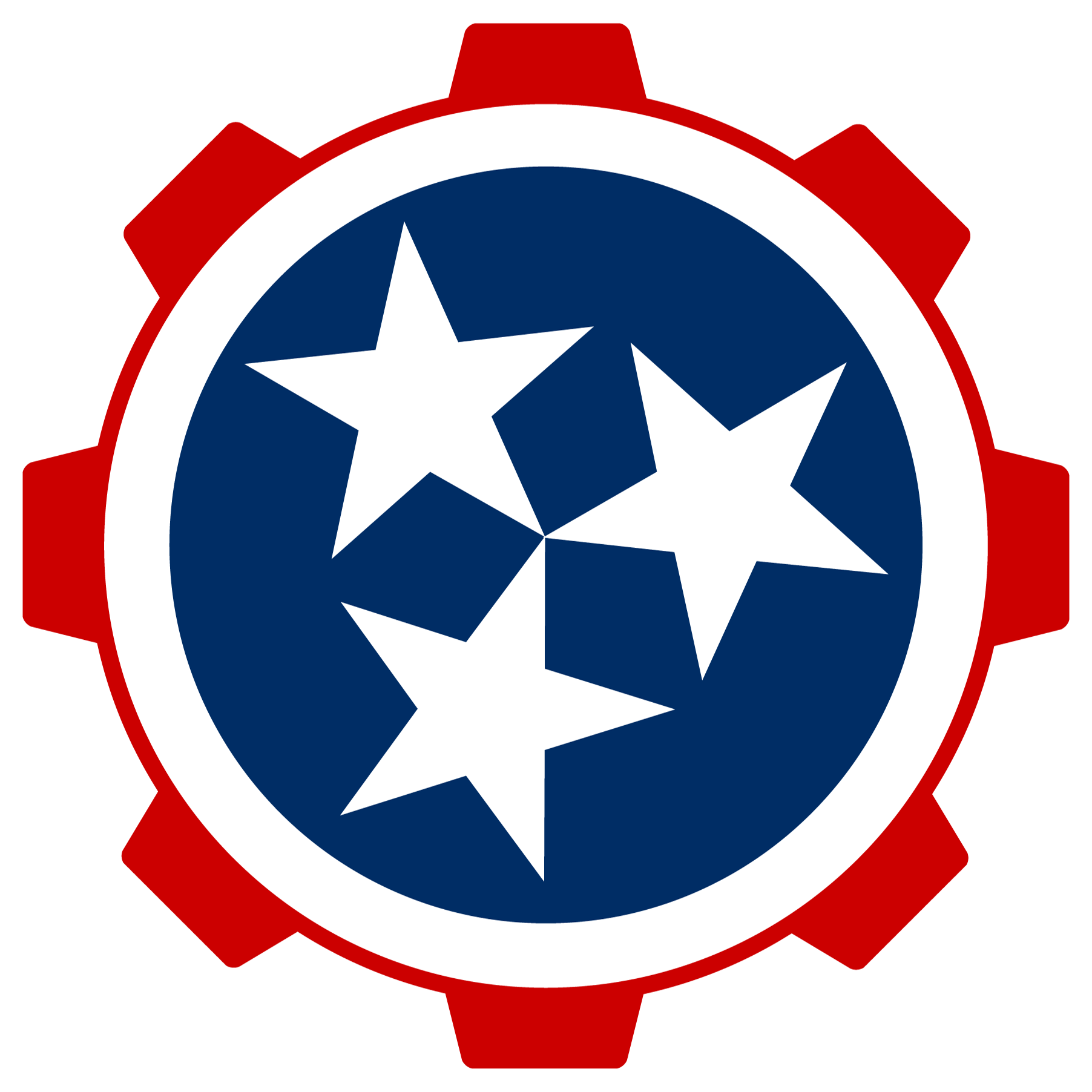
Dare Mighty Things
Engineering Design Challenge 2023
At Home Robotics Workshop
The saying is JPL's motto and is an abridgment of a quote from Teddy Roosevelt's "Strenuous Life" speech:
"Far better is it to dare mighty things, to win glorious triumphs, even though checkered by failure ... than to rank with those poor spirits who neither enjoy nor suffer much, because they live in a gray twilight that knows not victory nor defeat."
Teddy Roosevelt
Getting Started
Participate in a 7-week student challenge hosted by NASA JPL to learn about the new Mars rover Perseverance and the Mission to Mars. In this standards-aligned challenge, students learn about Mars, design a mission to explore the planet, build and test model spacecraft and components, and engage in scientific exploration. The challenge takes students through seven stages, which can be completed in full as a seven-week activity or in part, as schedules allow.
Week 0: Introduction- July 16th
Welcome to NASA’s Mission to Mars Student Challenge! Over the next five weeks, we will be learning with NASA Engineers and Scientists who will be guiding us through how to design, build, launch, and land a Mars mission. Get started by watching the introductory video below and review the program materials.
Week 1: Learn About Mars- July 16th
Before we can launch to Mars, we need to learn more about where we're going and why. This week, students will learn more about the Red Planet and determine what NASA Engineers and Scientists hope to find there. This knowledge will help them design their mission and plan for launch, arrival, and surface operations beginning February 18th.
Week 2: Plan Your Mission- July 23rd
Now that we have some knowledge about our destination, it’s time to plan our mission to Mars. We need to plan for a long trip, determine which power source we’ll use, select science instruments that will help us accomplish our goals, make sure everything will fit on the rocket, and stay under budget! Here’s Elizabeth Cordoba, a payload systems engineer at NASA's Jet Propulsion Laboratory, with some expert advice about how NASA plans missions to Mars.
Week 3: Design Your Spacecraft- August 6th
Now that we’ve planned our mission, it’s time to design – and test – our spacecraft. This week’s activities engage students in the engineering design process. Students must use creative thinking to brainstorm a design, whether it’s for the whole spacecraft or just a part, such as the robotic arm; create a physical model; and then test their model. During testing, students will likely see ways they can improve their model. Encourage them to do so, even if it means starting over from scratch. This is what engineers at NASA do – design, test, redesign, retest – when trying to come up with the best solution for a problem. Here’s Billy Allen, a mechatronics engineer at NASA's Jet Propulsion Laboratory, with some expert advice about how NASA designs and tests spacecraft.
Week 4: Launch Your Mission- August 20th
Now that we’ve designed our spacecraft, it’s time to launch our mission. This week, older students will engage in the engineering design process and data collection while younger students will use geometry and develop their spatial skills. Students will learn about Newton’s laws of motion and brainstorm a rocket design. They can then create a physical model, test their model, collect performance data, and redesign and retest their rocket until it's performing at its best. Students will decide how to measure performance. For example, is flight distance or accuracy more important? Here’s Sarah Elizabeth McCandless, a navigation engineer at NASA's Jet Propulsion Laboratory, with some expert advice about how NASA launches spacecraft.
Week 5: Land on Mars- August 27th
Now that we’ve learned about Mars, planned our mission, designed our spacecraft, and launched, it’s time to land on Mars! Landing on Mars is tricky, and NASA engineers have to do a lot of designing, testing, and redesigning to make sure spacecraft can land safely. This includes designing and testing each part of the landing system, including the parachute, as well as programming the rover's computer to perform each landing maneuver flawlessly all on its own. Just one of the challenges spacecraft, including Perseverance, have to overcome is slowing from nearly 12,500 miles (20,000 kilometers) per hour upon entering the atmosphere to about 2 miles (3 kilometers) per hour by the time they're just above the surface.
Week 6: Surface Operations
Perseverance has landed safely on Mars! A successful landing in such a dangerous environment is a testament to the power of teamwork and dedication by NASA scientists and engineers. Though we are now safely on the surface, this is really only the beginning of the most technologically advanced rover mission in history!
Week 7: Mars Sample Handling
One of the most challenging parts of the Perseverance rover mission is collecting samples of Mars rocks and soil, placing those samples into tubes, and leaving them strategically on the surface, where they could eventually be collected and returned to Earth by future missions. This week, students learn how we sample rocks on Mars and package these samples for return to Earth sometime in the future. Students can also consider how a future mission might collect these samples by programming a video game to do just that.
This week is especially fun for students because they’ll be thinking about doing something NASA has never done before – bringing samples from Mars to Earth. Here’s Aaron Yazzie, a mechanical engineer at NASA's Jet Propulsion Laboratory, with some expert advice about how NASA handles Mars samples.








